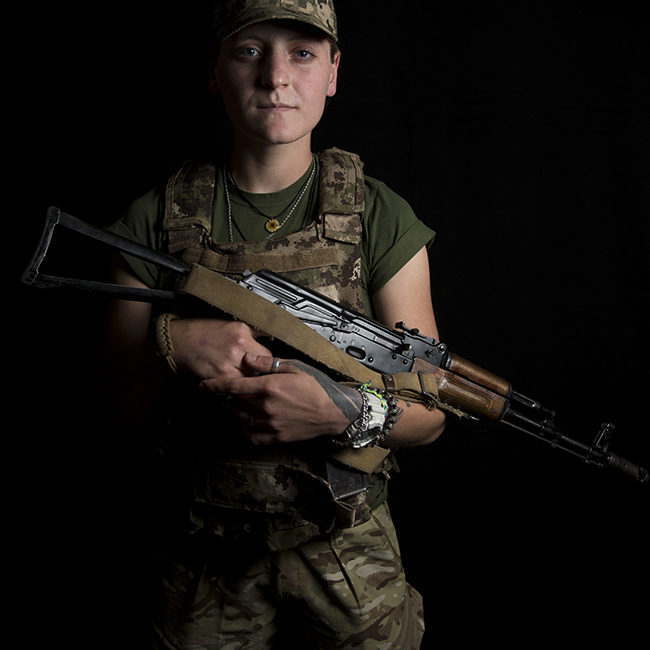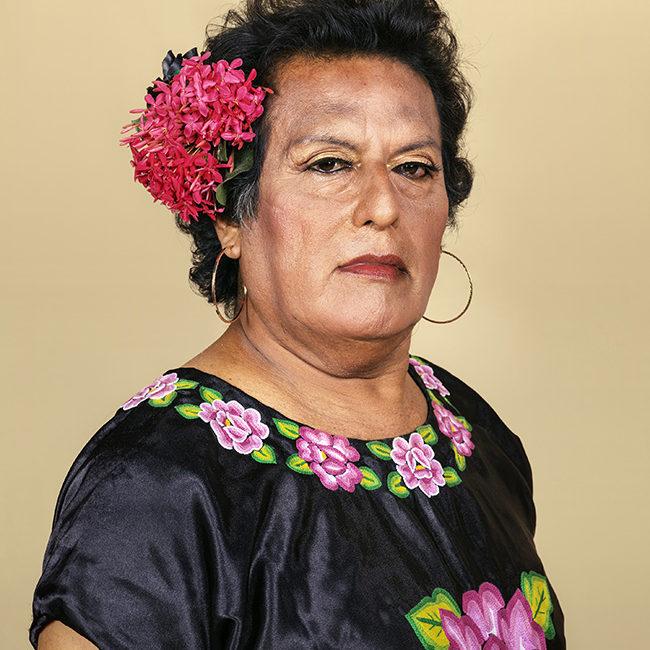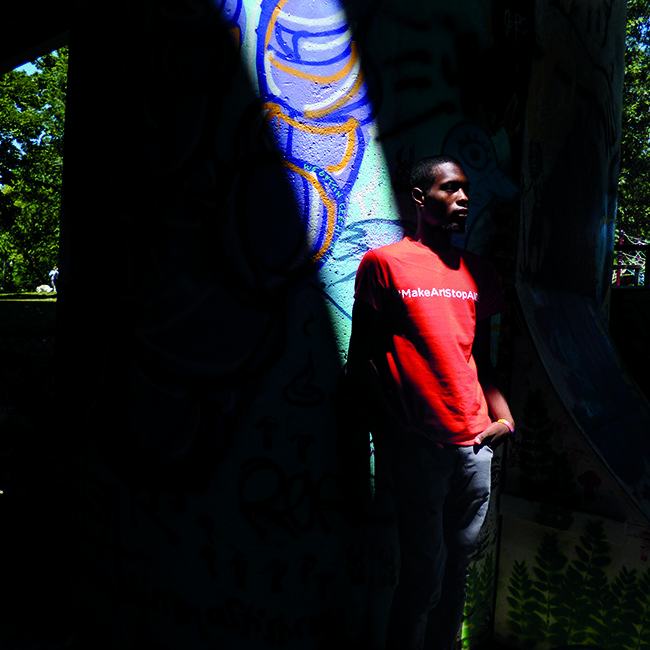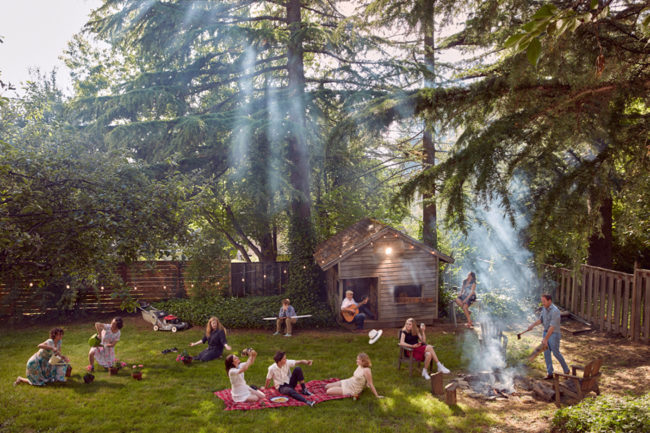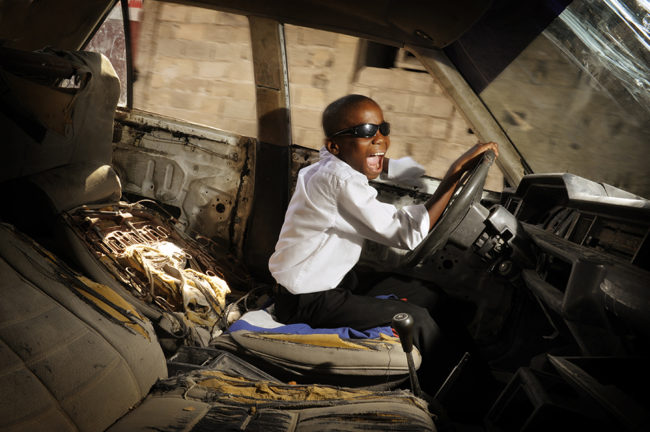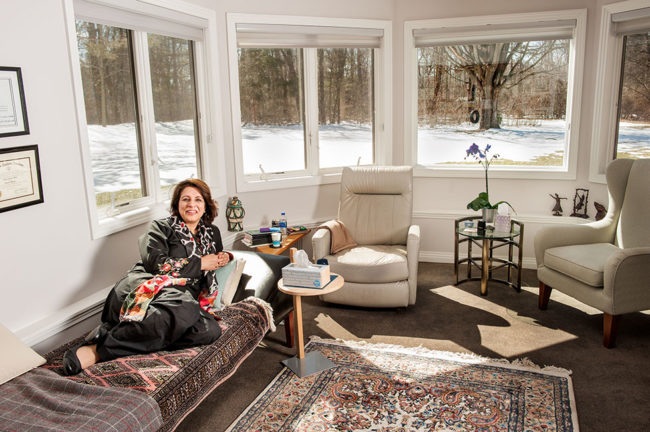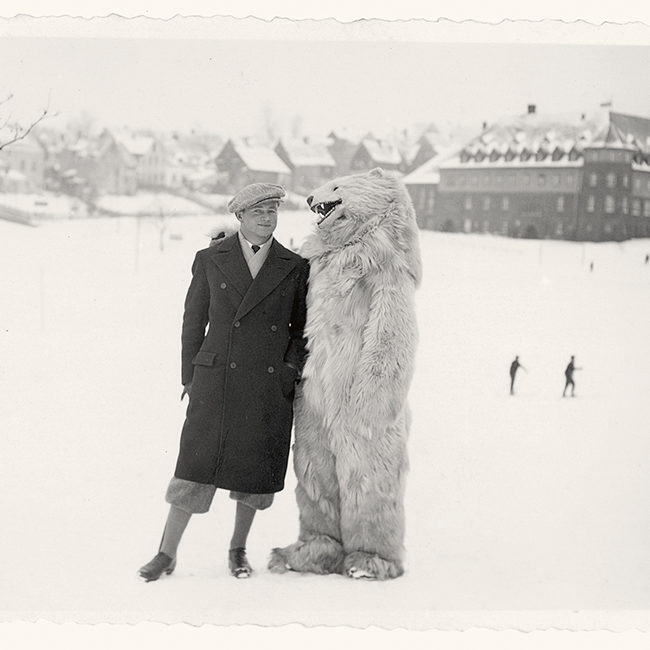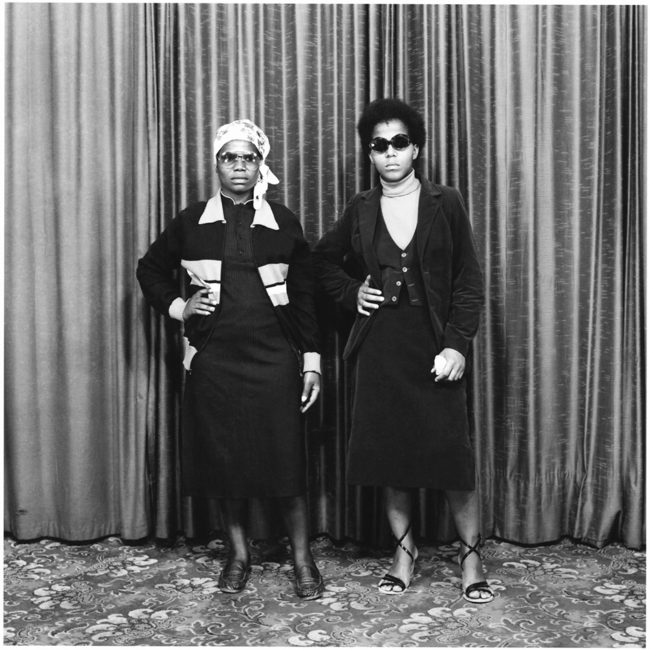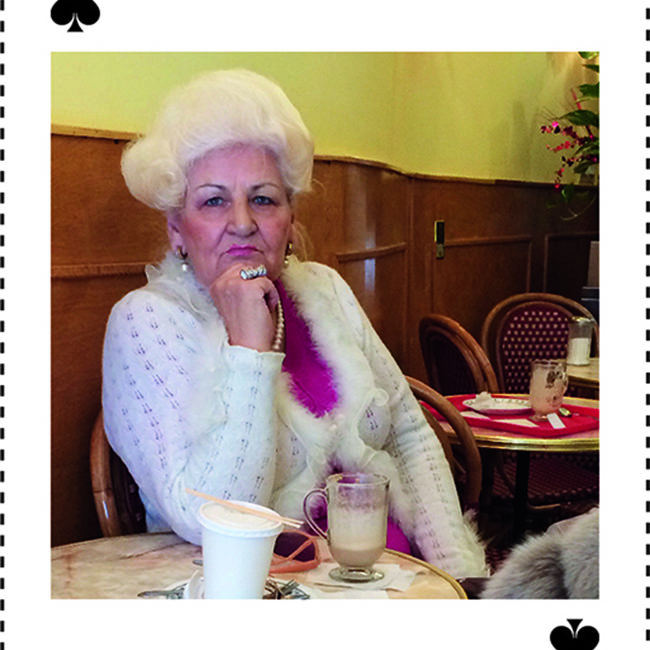Richard Jopson has been a bit obsessed with the Battle of Arnhem since he was ten years old, in 1977, when the hit film about it, A Bridge Too Far, came out. His parents wouldn’t let him watch it (“They thought it was too violent,” he says), but he got friends who had seen it to recite lines. “I wasn’t into Star Wars,” which came out about the same time, Jopson says. “I was interested in history and the World Wars, and people and stories,” he tells PDN. Following advice that Magnum photographer Jean Gaumy once gave, “Something along the lines of, ‘Be in relation to what it was that fascinated you as a child,’” Jopson recalls, his personal project, “Arnhem Boys,” returns to the battle that intrigued him when he was young. For the series, Jopson records portraits and interviews with British and Polish paratroopers in England and the U.S. who took part in the disastrous campaign near the end of World War II, in which the Allied planned to take a series of bridges in Holland, but were instead gravely overtaken by Nazi forces.
So far Jopson has photographed and interviewed 23 subjects, finding the men, now in their 90s, through a range of sources, including Internet searches, contact with veterans’ and regimental associations, ads in veterans’ newspapers, and through the Arnhem 1944 Fellowship, a British charity dedicated to preserving the history of the battle and friendships forged in war. In his intimate images, the men, dressed mostly in civilian clothes, sit in stuffed armchairs or on the edges of their beds, at kitchen tables or, in one case, in the Great Hall at Royal Hospital Chelsea. Shooting with a key light and few small flashes, Jopson tries to give his subjects minimal direction. Often they are pictured surrounded by reminders of the battle and the war. “The walls of their houses are adorned with photos, paintings and memorabilia,” says Jopson. “I wanted to incorporate part of their home environment when I took their portrait.”
Jopson first conducts interviews, which sometimes last several hours, recording audio to transcribe later and taking his own notes. “I ask them to tell me their story from start to finish, and to give me as much detail as they can,” he says, emphasizing to his subjects that he’s interested in their personal experience rather than the larger story of the battle. “I try not to butt in,” he says. “I’ve honed my own little technique for interviewing, letting them tell me their story and not interrupting, and then going back later with my notes and asking them to fill in the details. They say, ‘Then we landed and went off to the rendezvous point.’ And I’ll go back and say, ‘What were you seeing when you stood at the edge of the aircraft and jumped out? What were you seeing when you were coming down? What happened when you landed?’ A lot of times they skip over the details.”
Those details can be vivid. A member of the Polish 1st Parachute Brigade recalls two comrades who got caught in trees and had their throats slit by German soldiers, and the swift retribution the Germans then received. Another recounts the turmoil of battle. “It’s completely chaotic,” says a member of the 4th Parachute Brigade, 1st Airborne Division. “There’s mortars crashing down first of all, German mortars…, then you’ve got all this tracer going across, here, there and everywhere. You’ve got smoke and you can smell the cordite and you got blokes screaming…Then you’ve got airplanes going over top of you. I just lived through it, that’s all,” he tells Jopson.
The intensity of the battle and the war has stayed with these men. “Visiting their houses, you see how this battle from 70 years ago left its mark on them. Though it was this very short and brutal moment in their early lives, they’re proud to have taken part.” Jopson keeps in touch with his subjects after their sitting, sending cards and calling. “They’re lovely charming guys. It’s kind of an honor, [hearing] what they went through at such a young age,” says Jopson. “These amazing stories, which only their family’s have heard—I didn’t want them to be lost to history.”
Related Stories:
Portraits That Tell Stories: Joe Pugliese’s Photos of Veterans and Their Families (For PDN subscribers; login required)
